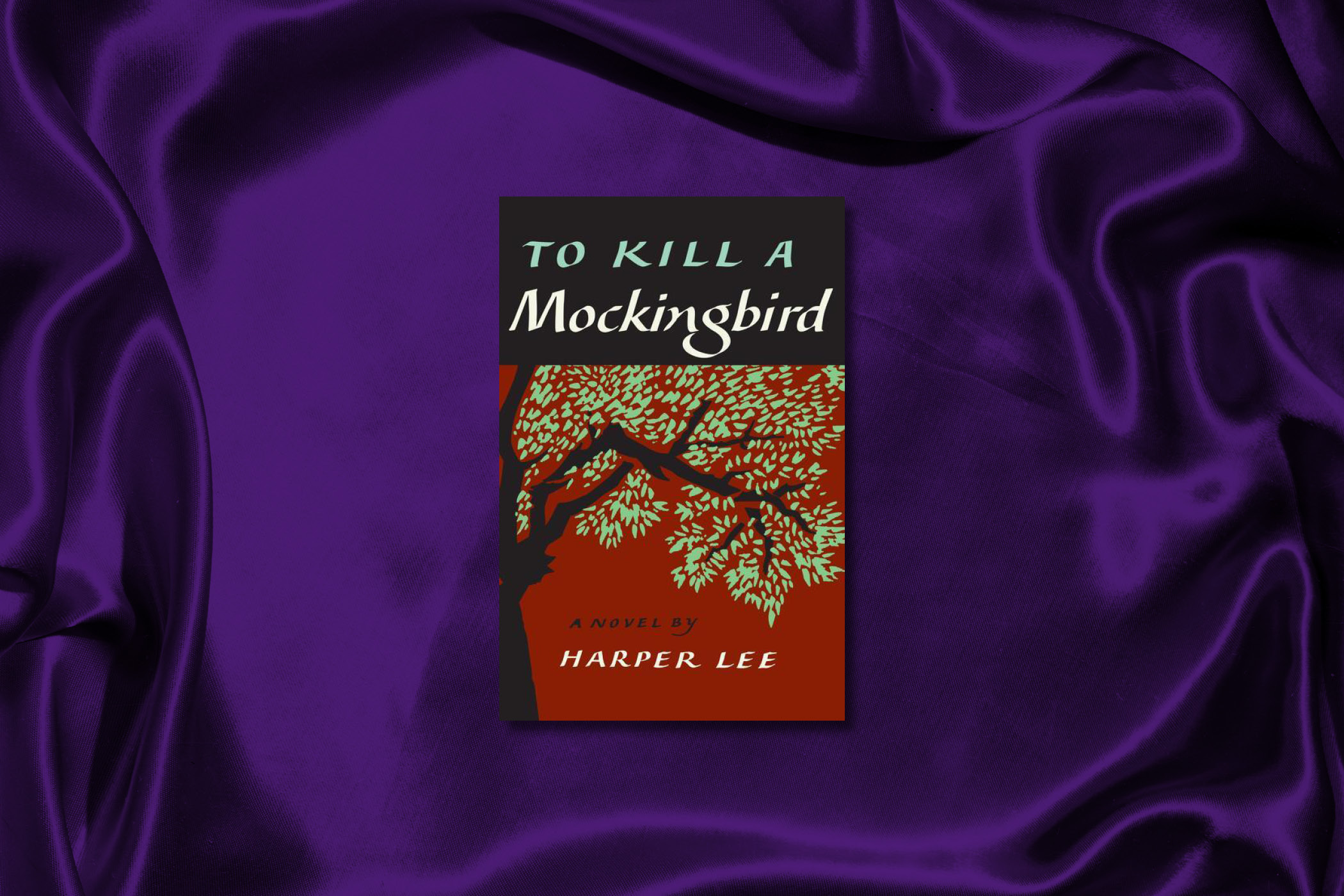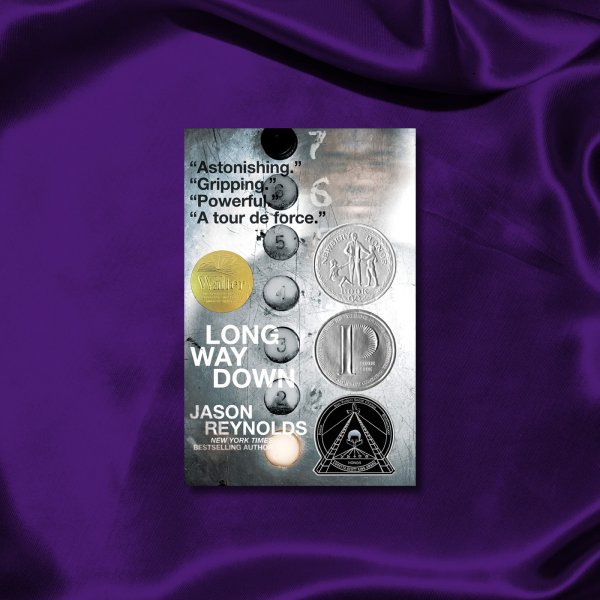Whether its title conjures memories of middle-school English class, the bespectacled face of Gregory Peck or a more recent trip to a packed Broadway theater, most Americans have encountered To Kill a Mockingbird in one of its many iterations during their lifetimes. Harper Lee’s 1930s-set coming-of-age novel about young Scout, her older brother Jem and their lawyer father Atticus Finch was inspired, in part, by the author’s own Alabama upbringing. The book traces the loss of Scout’s innocence as her father’s defense of Tom Robinson, a Black man falsely accused of raping a white woman, ends in injustice and tragedy. It has won a Pulitzer Prize, been translated into more than 40 languages, sold more than 40 million copies around the world and faced numerous calls for censorship—a true sign of impact—since its publication in 1960. While its value as an educational tool can be found in its serious exploration of race, caste and violence in the American South as seen through a child’s eyes, as well as Lee’s warm and wise prose, equally notable are recent reevaluations of its lofty status in the literary canon. These include, but aren’t limited to, its centering of a white perspective on racism in America, the lack of interior depth of its Black characters and of the shortcomings, now clearer in hindsight, of the long-beloved Atticus Finch. —Eliza Berman
Buy Now: To Kill a Mockingbird on Bookshop | Amazon
- Cybersecurity Experts Are Sounding the Alarm on DOGE
- Meet the 2025 Women of the Year
- The Harsh Truth About Disability Inclusion
- Why Do More Young Adults Have Cancer?
- Colman Domingo Leads With Radical Love
- How to Get Better at Doing Things Alone
- Michelle Zauner Stares Down the Darkness






